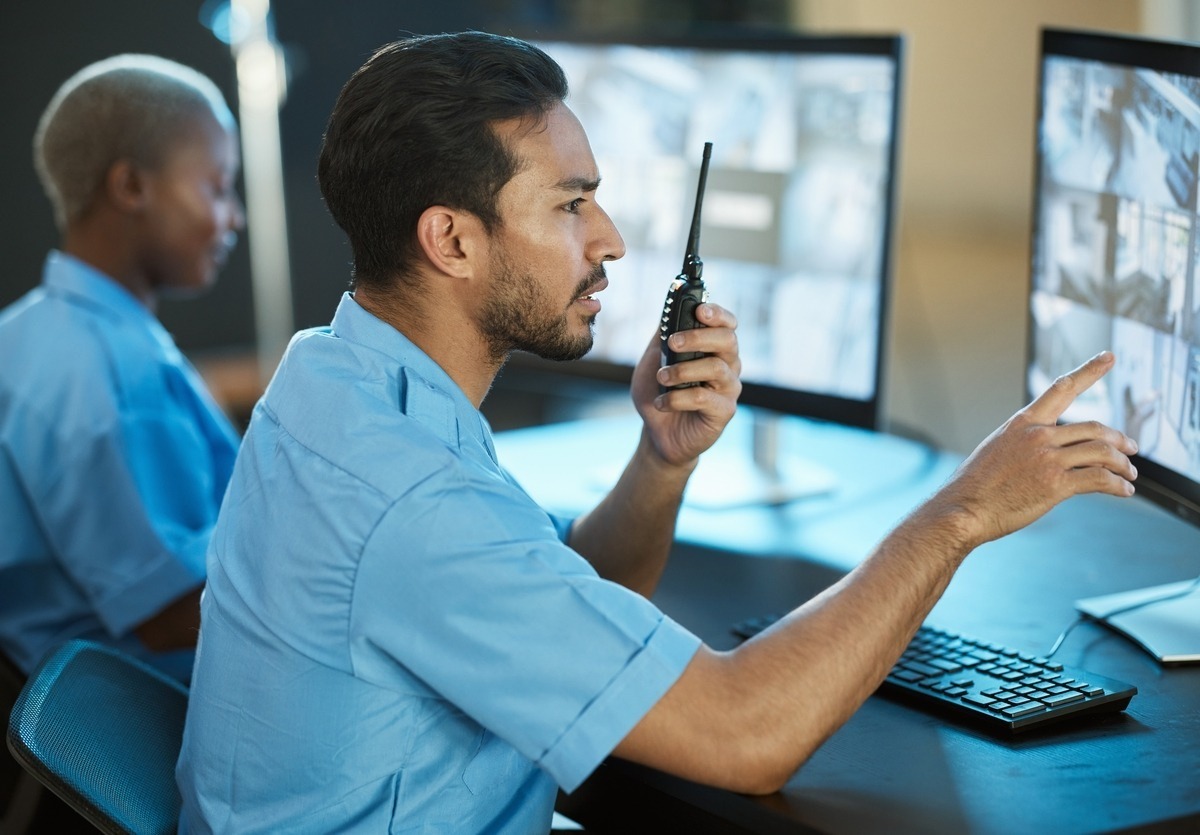The current state of the prison system presents a myriad challenges, from overcrowded facilities to soaring costs and outdated practices. In this era of rapid technological advancement, the future of corrections holds promising solutions. Let’s dive into the pressing challenges faced by the prison system today and explore the transformative impact technology in corrections can have on shaping the prisons of tomorrow.
Current Challenges in the Prison System
Overcrowding
Prisons across the globe are grappling with the consequences of overcrowding, a dilemma that extends far beyond the physical constraints of prison walls. However, this issue is especially problematic in the United States. In fact, more than 20 percent of the world’s incarcerated population is in the United States. Overcrowded facilities compromise safety, deteriorate health conditions, and pose significant challenges to rehabilitation efforts.
The Cost of Incarceration
The financial burden on correctional facilities is undeniable. The exorbitant costs not only strain the budgets of individual institutions but also reverberate throughout the broader justice system, affecting its ability to deliver equitable and efficient outcomes for inmates.
Resource Scarcity and Ineffectiveness
Limited resources hamper the effectiveness of rehabilitation programs, impeding the overall efficiency of the correctional system. The scarcity of resources creates an uphill battle for those striving to implement meaningful changes and improvements. In the United States, 68% of inmates who have served their time find themselves back in the prison system. This statistic speaks directly to the lack of resources for rehabilitation programs. However, there is a solution: smarter technology in corrections.
Resistance to Innovation and Outdated Practices
Institutional resistance to embracing new technologies and clinging to outdated practices acts as a significant barrier to progress. The unwillingness to adapt hinders the evolution of the prison system, perpetuating inefficiencies and missed opportunities for improvement.
Technology in Corrections Used Today
There have been promising technological advancements that are being developed and have been applied among prisons throughout the U.S. to help overcome these challenges. Everything from RFID inmate tracking to intelligent corrections management systems are in use today, and more advancements in prison technology, including the use of AI, are also being developed as we speak. Here are just a few of the current and future technologies to be on the lookout for in prisons nationwide.
Intelligent Infrastructure and Smart Buildings
The integration of smart technology and intelligent building systems holds the key to addressing many challenges faced by correctional facilities. Smart technology includes machine learning, artificial intelligence, and advanced systems. These innovations optimize operational efficiency, reduce costs, and enhance overall infrastructure, creating a safer and more secure environment for both inmates and staff.
Comprehensive Tracking Systems
Implementing advanced tracking systems for inmates and resources is revolutionizing security measures within prisons. These systems not only streamline operational processes but also provide real-time insights, enabling more proactive and effective management. Systems like JailCore, allow correctional officers to update inmate activities in real-time. When inmate needs have not been met, officers will be notified in order or priority. This system ensures a safer, more accountable, and more secure environment than traditional paper tracking systems.
Mobile Solutions to Replace Obsolete Systems
The incorporation of mobile technology is replacing outdated administrative systems, fostering flexibility, and efficiency in communication and record-keeping. Correctional officers are able to add live updates and complete jail checks efficiently, eliminating the need for physical paper documentation.
Additionally, mobile devices are beneficial outside of the prison walls. They allow former inmates or offenders to access educational content that supports rehabilitation. For instance, in a recent trial conducted in Massachusetts, it was observed that a mobile application designed for drug treatment played a significant role in supporting 30 individuals who had previously faced drug-related charges to remain committed to their recovery journey. The application delivered motivational messages focused on their recovery, offered treatment guidance, provided practical tools, and facilitated connections with a network of supportive contacts to reinforce their commitment to recovery. During the four-month pilot study, participants engaged with the app, accessing it approximately 62 percent of the days, indicating a substantial perceived value in its utilization.
Utilization of Advanced Data Systems for Informed Decision-Making
Advanced data systems are becoming pivotal in elevating decision-making processes within correctional facilities. These systems optimize resource allocation, enhance overall management, and provide valuable insights for improving rehabilitation programs.
The Future of Prison Technology
Innovations in Surveillance
Emerging surveillance technologies, such as AI-powered video analytics and facial recognition, have the potential to revolutionize security in prisons. These innovations offer more proactive threat detection and response capabilities, ensuring a safer environment for all.
Blockchain for Record-Keeping to Improve Transparency
The integration of blockchain technology ensures secure and transparent record-keeping, safeguarding the integrity of inmate data and administrative processes. This not only enhances trust within the system but also streamlines auditing and compliance procedures.
Virtual Reality for Rehabilitation
Virtual reality (VR) is emerging as a powerful tool for inmate rehabilitation and skill development. Offering immersive experiences and training modules, VR has the potential to reshape the way we approach the reintegration of individuals into society.
Predictive Analytics for Risk Assessment
Predictive analytics are transforming risk assessment processes, allowing correctional facilities to better understand and manage the risks associated with individual inmates. This data-driven approach can lead to more informed and objective decision-making.
Current Challenges Meet Innovative Solutions
The prison system of tomorrow holds immense potential for positive transformation through the integration of cutting-edge prison technologies. By addressing current challenges with innovative solutions, we can create correctional facilities that are not only more secure and efficient but also more focused on rehabilitation and reintegration. Embracing technology in corrections is not just about modernization; it’s about building a system that is fair, effective, and compassionate.

